As a new parent, one of the most important milestones to look forward to is when your baby starts transitioning from bottles to sippy cups. It’s a big step, and choosing the right one can be overwhelming with so many options available. I’ve been through this myself, so I completely understand how tricky it can be to find the best sippy cups that work for your little one. Let me share my experience with you, and hopefully, it will make the decision a little easier.
My Personal Journey with Sippy Cups
When my baby was about six months old, I decided it was time to start introducing a sippy cup. I had seen all these cute, colorful options in the store, but the process wasn’t as simple as I thought. My baby wasn’t too thrilled at first, and I quickly realized that not all sippy cups are the same.
I started with a straw cup, thinking it would be easier for my baby to sip from compared to a traditional sippy cup with a spout. To my surprise, my baby took to it right away! It felt like a small win for me, and I felt relieved to see her drinking water like a big girl.
A few weeks later, as we were progressing through our baby’s eating journey, I decided to try out a sippy cup. We tested out a few different ones, and along the way, I found some cups that worked really well and others that, let’s just say, didn’t make the cut. I’m here to share my personal experience with you, including the pros and cons of some of the most popular sippy cups on the market.
How to Choose the Perfect Sippy Cup for Your Baby
Before we jump into specific product recommendations, here are the key factors to keep in mind when selecting a sippy cup:
Age Appropriateness: Different sippy cups cater to various developmental stages. Choose a cup that matches your baby’s age and skill level.
Spill-Proof and Leak-Proof Designs: A standout feature of a great sippy cup is its ability to stay sealed, even when dropped or turned upside down. This helps minimize messes and keeps drinks contained.
Portability: Look for cups that are easy to take on the go, with features like secure lids or caps to prevent spills in your bag.
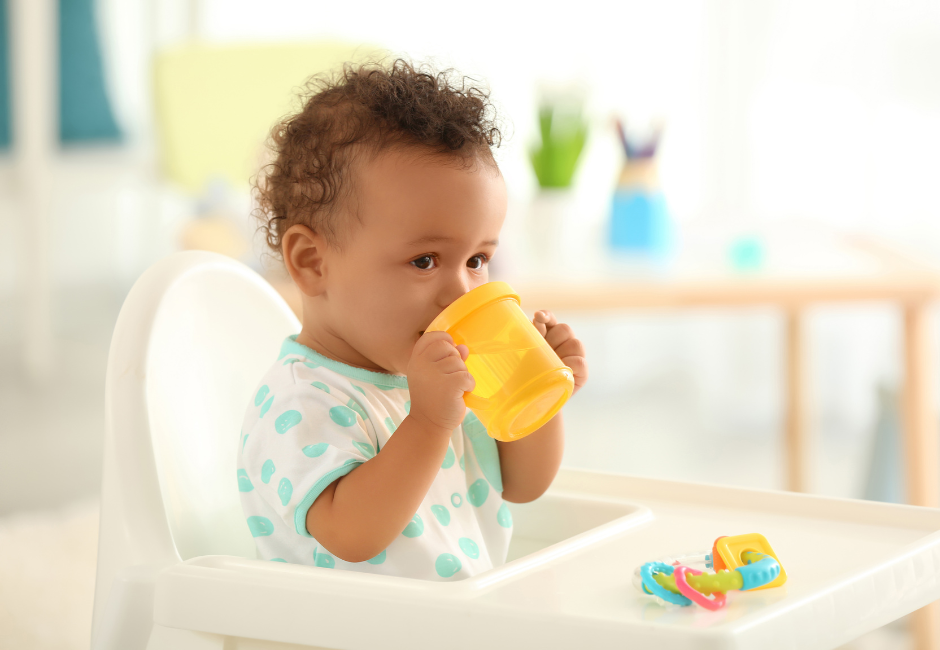
Easy to Clean: Babies can be messy, so finding a sippy cup that’s easy to disassemble and clean is essential. Look for cups with fewer parts and dishwasher-safe designs for convenience.
Grip and Handle: Opt for cups with ergonomic handles that are easy for tiny hands to grasp, promoting self-feeding and fostering independence.
Material Safety: Ensure the sippy cup is made from safe, BPA-free materials. Many parents favor cups made from stainless steel, glass, or high-quality plastic free from harmful chemicals.
Nipple or Straw Type: Some sippy cups feature a soft silicone nipple, while others come with a straw or spout. Select the one that best suits your baby’s developmental stage.
Volume: Choose a cup with an appropriate volume for your child’s needs. Smaller cups are great for younger babies, while larger cups may be better for toddlers.
The Most Popular Sippy Cups on the Market (2025)
Here’s a quick rundown of some of the best sippy cups I tried and what worked (or didn’t work) for us.
1. Munchkin Miracle 360 Trainer Cup
This cup is one of the most popular choices for new parents. It’s designed to help babies transition from bottles to cups easily, featuring a 360-degree drinking edge.
Pros:
- Spill-proof: The Munchkin Miracle 360 has a no-spill feature, which is great for parents who don’t want to deal with constant messes.
- Easy to clean: It has just a few pieces, making it very easy to take apart and clean.
- Comfortable to hold: The handles are perfect for little hands to grab and hold onto.
Cons:
- Requires sucking: My baby struggled a bit at first because you need to suck on the edge of the cup, and it took her a while to figure it out.
- Not great for milk: The 360 doesn’t work as well with thicker liquids like milk, so it’s best to use it for water or juice.
2. Contigo Autoseal Sippy Cup
This is another well-known brand, famous for its spill-proof technology. It has an auto-seal feature that only releases liquid when your baby is sipping.
Pros:
- Spill-proof: I loved that this one didn’t spill, even when I tossed it around in the diaper bag.
- Easy for babies to drink: My baby could easily suck from the spout without much effort, which made it a smooth transition from the bottle.
Cons:
- A bit difficult to clean: This sippy cup has a more complicated design, requiring thorough cleaning of multiple parts.
- Not ideal for younger babies: The spout is a little tougher than some other cups, which may make it harder for younger babies to use comfortably.
3. Tommee Tippee Sippee Cup
A fellow mom recommended this one to me, and it turned out to be a solid choice. It has a soft spout, which seemed more comfortable for my baby to drink from.
Pros:
- Soft spout: The spout is gentle on my baby’s gums and teeth, which is a huge plus for me.
- Easy to hold: The design of the handles makes it easier for my baby to grip the cup.
Cons:
- Not entirely spill-proof: Unfortunately, this one isn’t as leak-proof as I’d like. After some trial and error, I found that my baby could sometimes tip it over and spill water.
- A bit bulky: While it’s great for toddlers, the size of the cup might be a little big for younger babies just learning how to use a sippy cup.
4. Nuby No-Spill Super Spout Cup
This cup has a soft spout, just like the Tommee Tippee cup, and features a no-spill design. It was one of the first cups we tried, and my baby took to it quickly.
Pros:
- Easy to transition: The soft spout feels very familiar to babies transitioning from bottles, which makes it easier for them to learn how to drink from a cup.
- Affordable: This one is more budget-friendly compared to some other sippy cups on the market.
Cons:
- Leak issues: While it’s supposed to be spill-proof, we experienced a bit of leaking around the spout when my baby threw it on the floor.
- Limited capacity: The cup is smaller than others, so it requires frequent refills for my baby, especially during longer outings.
5. Skip Hop Explore & More Sippy Cup
This one caught my eye because it has a cute design and is made from safe materials. Skip Hop is known for its fun and functional baby products, and this sippy cup didn’t disappoint.
Pros:
- Fun design: The cup features a cute, colorful design that attracts my baby’s attention.
- Good for on-the-go: The lid is tight, making it great for tossing in the diaper bag without worrying about spills.
Cons:
- Slightly bulky: The size is a bit large for smaller babies, so it might not be ideal for those just starting to use sippy cups.
- Harder to clean: Like some of the other options, the parts are a bit tricky to clean thoroughly.
Why I Switched from a Straw to a Sippy Cup
When I first introduced a sippy cup to my baby, I noticed that she actually had an easier time with a straw cup, like the ones you see on the market for toddlers. The straw was soft, easy to drink from, and more familiar to her after using bottles. Once she got the hang of the straw, transitioning to a sippy cup with a spout was a lot smoother. She wasn’t a fan of the harder spout at first, but over time, she got used to it.
I switched from a straw cup to a sippy cup because I wanted to help my baby transition to more independent drinking. While the straw cup worked well initially, I felt that the sippy cup with a spout would encourage her to drink more confidently on her own. The sippy cup offered better control and less mess, making it easier for her to grasp and use. Over time, it became a great way to teach her the skills needed for drinking from a regular cup.
Final Thoughts
Choosing the right sippy cup for your baby can take a little trial and error. Some babies prefer one style over another, and it often depends on what your baby is used to. For me, it was all about finding the right balance between comfort, ease of use, and practicality.
Whether you’re looking for a cup that mimics a bottle, a spill-proof option, or a cup that grows with your baby, there’s a sippy cup out there to meet your needs.
Keep in mind that your baby might need to try a few different types before finding the one they like best, but once they do, it can help make the transition to independent drinking smoother and more enjoyable.
Investing in a high-quality sippy cup ensures that mealtime stays mess-free and that your baby has the tools they need to develop healthy drinking habits.
I recommend starting with a soft spout or straw cup, especially if your baby is still learning how to drink from a cup. As your little one grows, you can transition to a more advanced sippy cup, like the Munchkin Miracle 360 or a more traditional spout cup. Every baby is different, so take your time to find what works best for your family.
If you’ve tried other sippy cups or have any advice, feel free to leave a comment below! I’d love to hear your experiences.
FAQ
1. At what age should I start using a sippy cup for my baby?
Answer:
Most experts recommend introducing a sippy cup around 6 months of age when babies begin to explore solid foods. However, every baby is different, so it’s important to consider their developmental milestones. If they can sit up with support and show an interest in drinking from a cup, it may be time to try a sippy cup.
2. What’s the difference between a sippy cup and a straw cup?
Answer:
A sippy cup typically has a spout that your baby can sip from, while a straw cup uses a straw for drinking. Both types can be spill-proof, but straw cups often help babies develop a more mature drinking technique. Some babies may prefer one over the other, so it’s good to try both and see what your baby prefers.
3. How do I transition from a sippy cup to an open cup?
Answer:
Once your baby has mastered using a sippy cup, you can start transitioning to an open cup by introducing it alongside the sippy cup. Start by offering small amounts of water in the open cup while still using the sippy cup for larger quantities. Be patient, as mastering an open cup can take time, but it’s a key milestone in promoting independence and oral development.
4. How do I know if a sippy cup is safe for my baby?
Answer:
Always check that the sippy cup is labeled as BPA-free and made from safe, non-toxic materials. Look for cups that are free of harmful chemicals like phthalates and PVC. Additionally, ensure that the cup has no small parts that could pose a choking hazard.
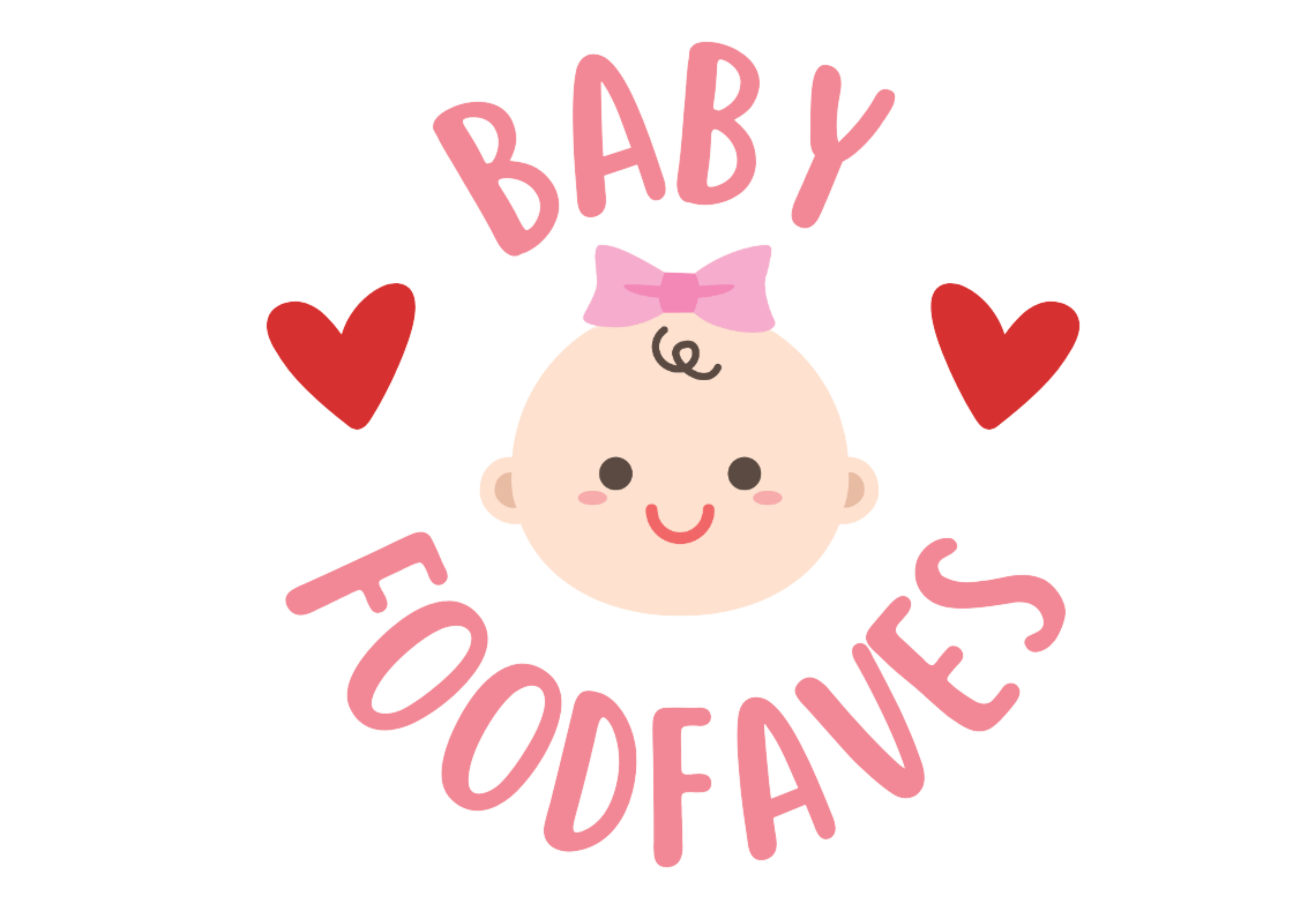
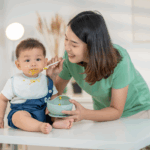
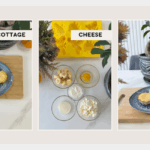
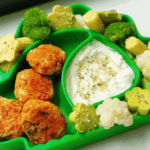
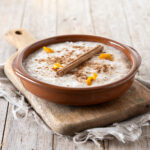

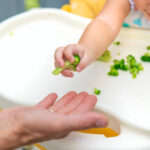
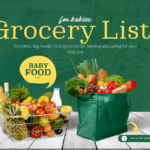

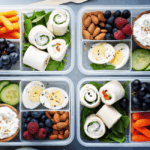
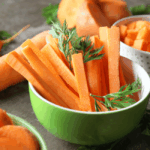
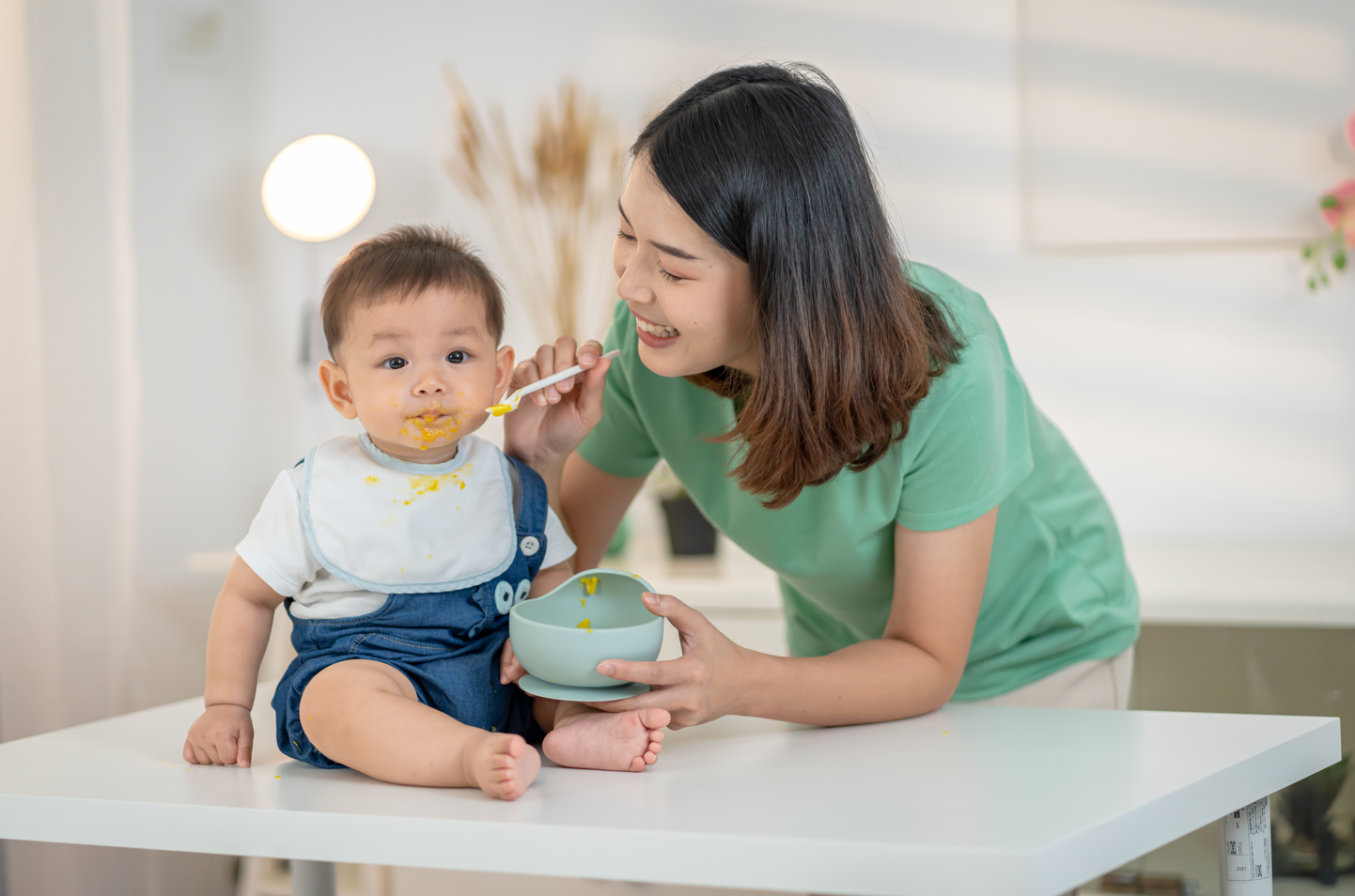
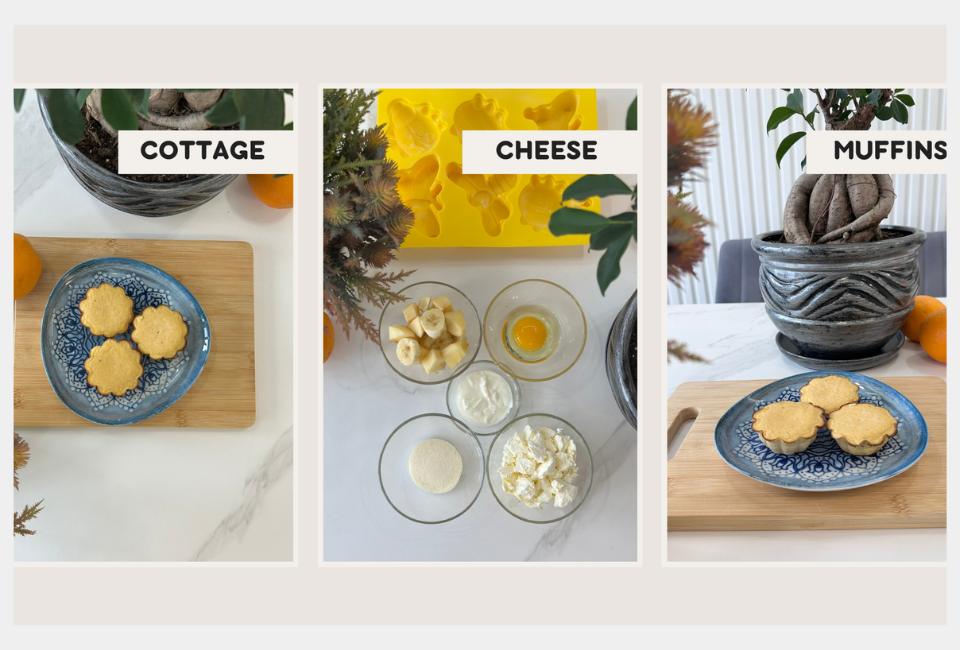
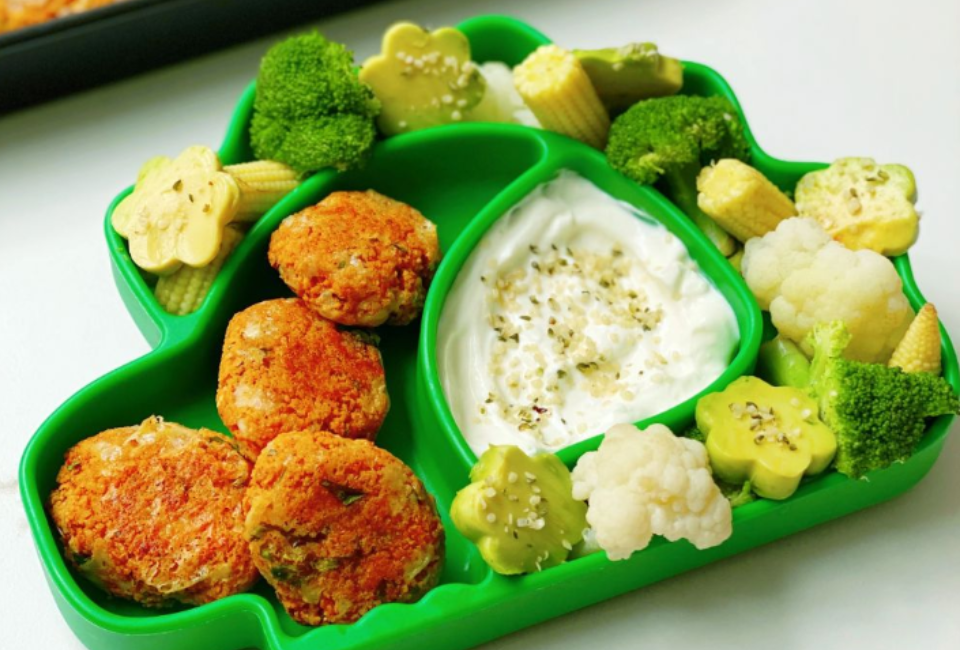
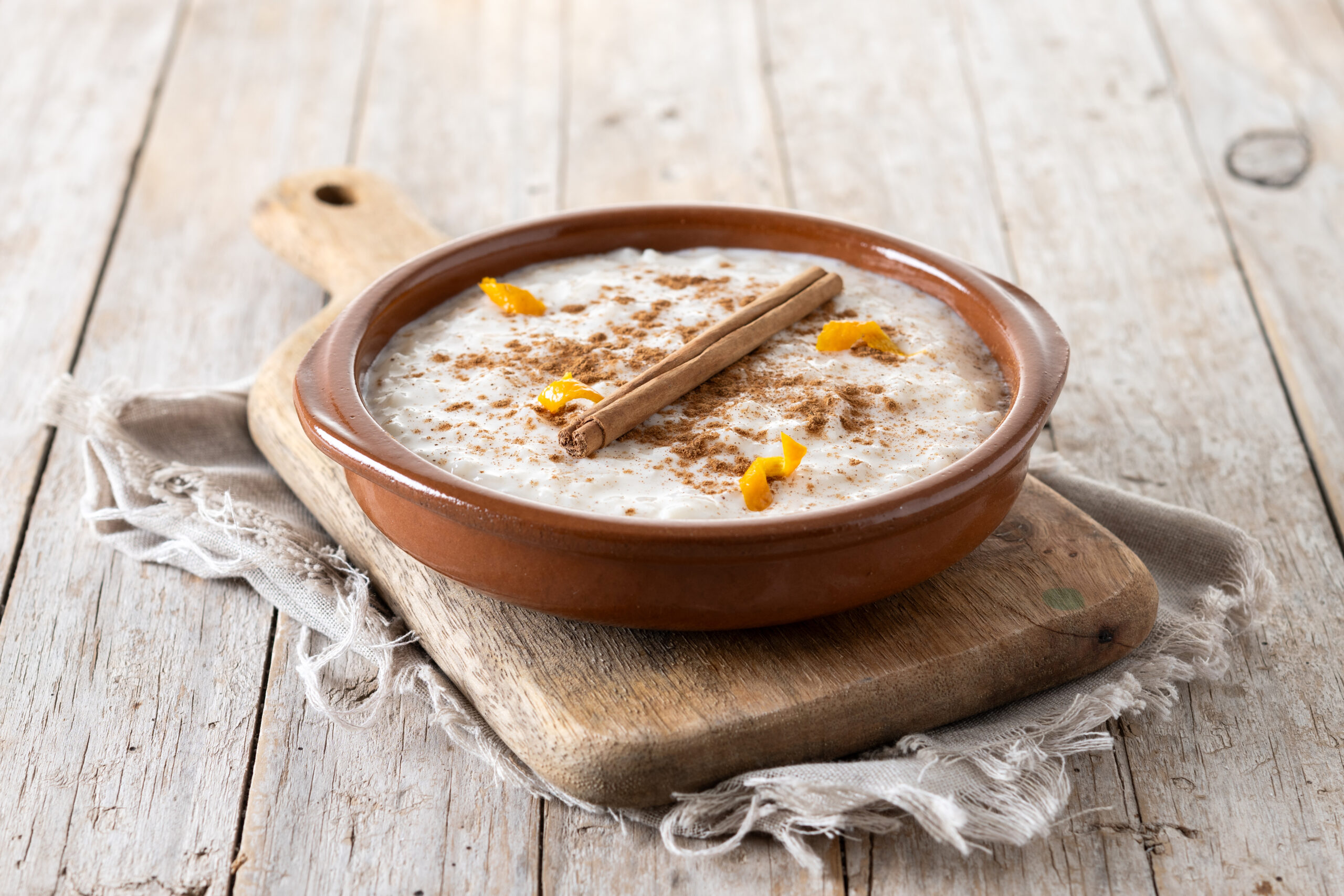
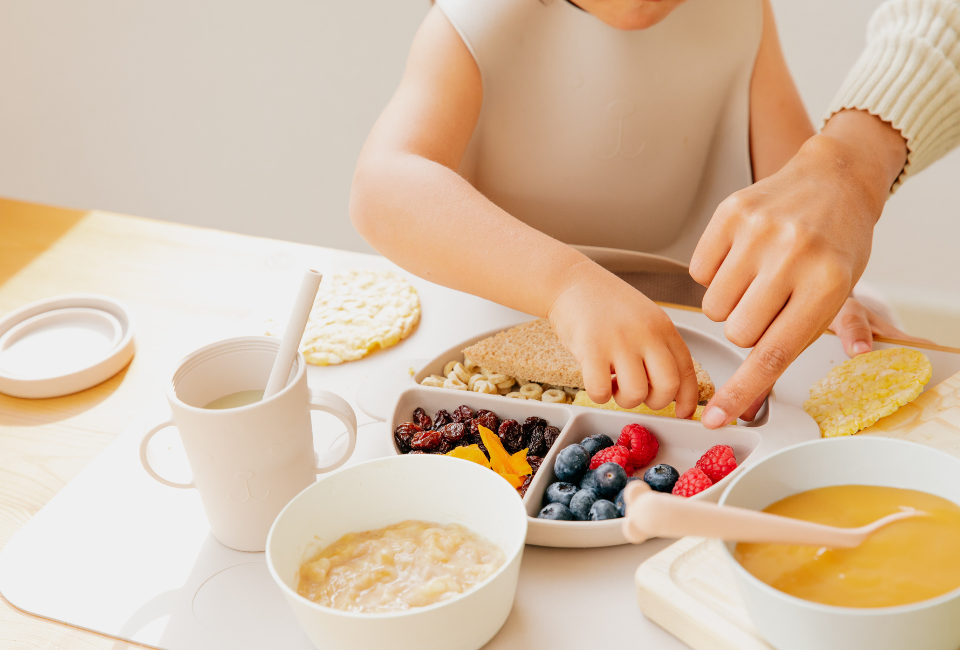
Leave a Reply